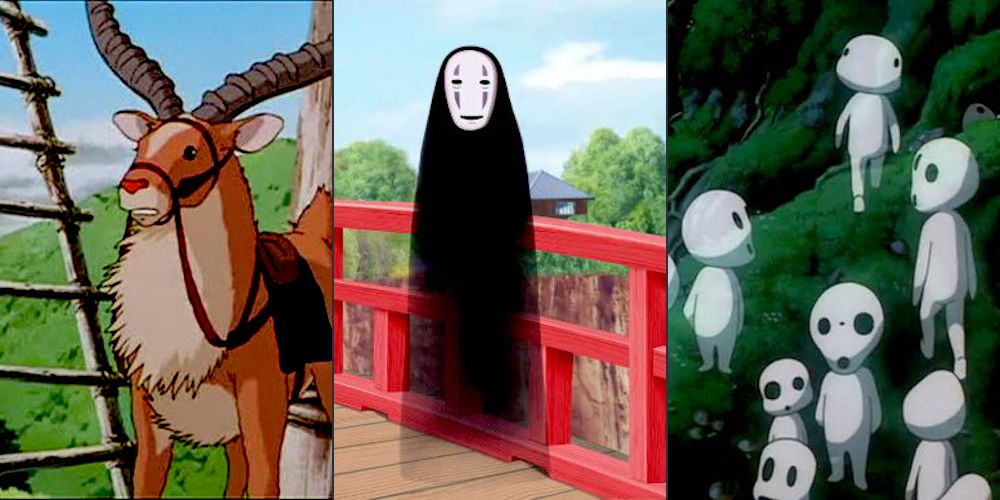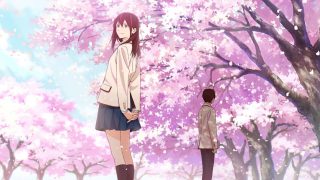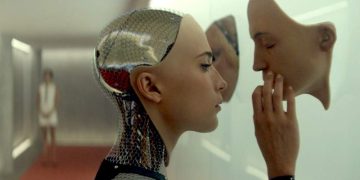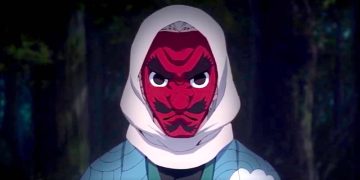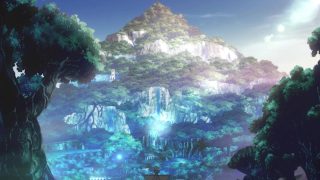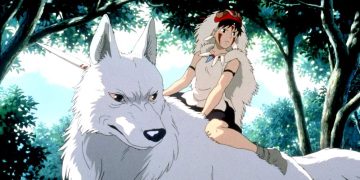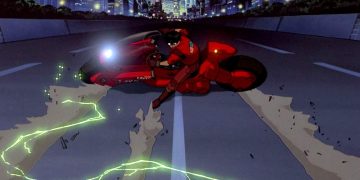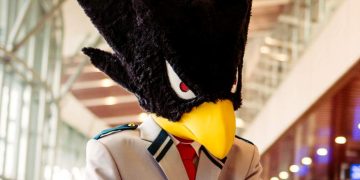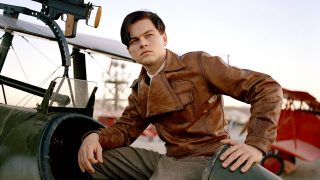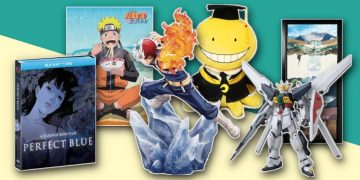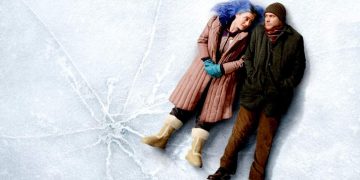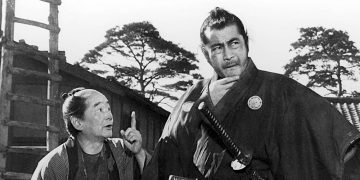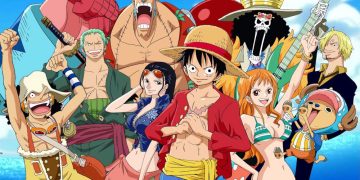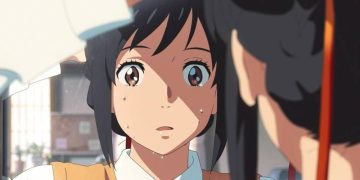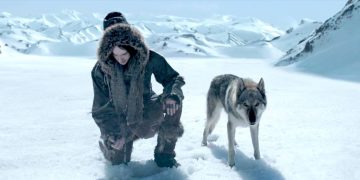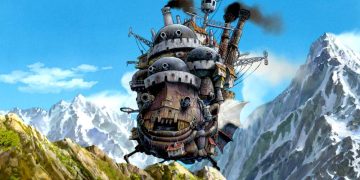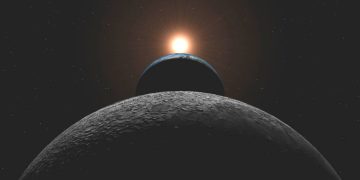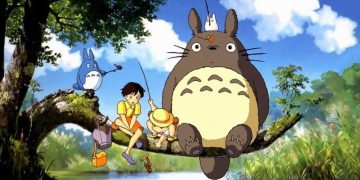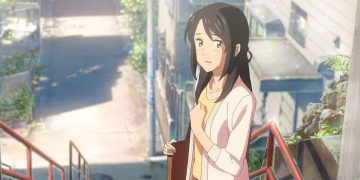Studio Ghibli has created some of the most creative animated films, each with its own cast of unique characters. Indeed, these films would lack their punch without their imaginative characters.
This studio has spawned some of the most lovable protagonists of all time. On top of that, the side characters often contribute a great deal to the theme, tone, and overall impact of the films.
For some, these whimsical and quirky creatures play an even more important role than the main characters, solely for the fact that they're designed with an amazing amount of creativity.
Here are our picks for the most iconic Studio Ghibli characters of all time and why they stand the test of time!
20. Teto in Nausicaä of the Valley of the Wind (1984)
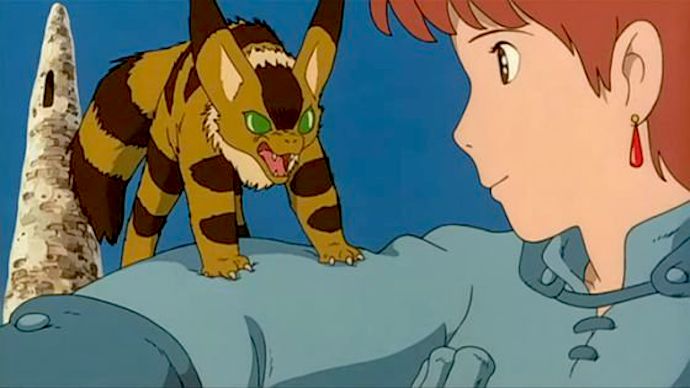
Teto and Nausicaä had a rough start. I mean, Teto could've given Nausicaä rabies with that skin-breaking bite. He might have some nippy tendencies, but you can't deny that he's adorable.
Teto the fox squirrel has oversized ears, a bushy tail, and fur that's covered in stripes. Fox squirrels typically don't take well to humans, but he's found a home with Nausicaä.
Teto's agile and intelligent, making him a perfect companion for Nausicaä throughout the rest of the film.
19. Robot in Castle in the Sky (1986)
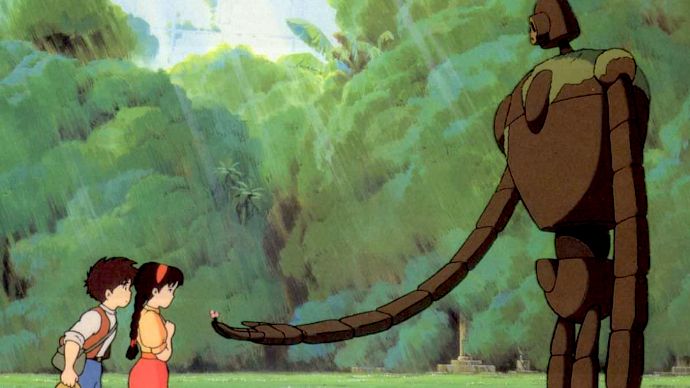
These robots put Wall-E to shame. Not only are they capable of mass destruction, but they just look super cool.
When the military discovers a non-functioning robot soldier that fell from Laputa, they perform tests, but to no avail.
However, when Sheeta recites a spell and activates her crystal necklace, the robot wakes right up. As a result, the robot attempts to destroy the entire military base to reach Sheeta, its proclaimed master.
Later in the movie, Sheeta and Pazu discover more of these robots on Laputa. Surprisingly, the one living robot spends its day taking care of the plants and animals around Laputa.
18. Yakul in Princess Mononoke (1997)
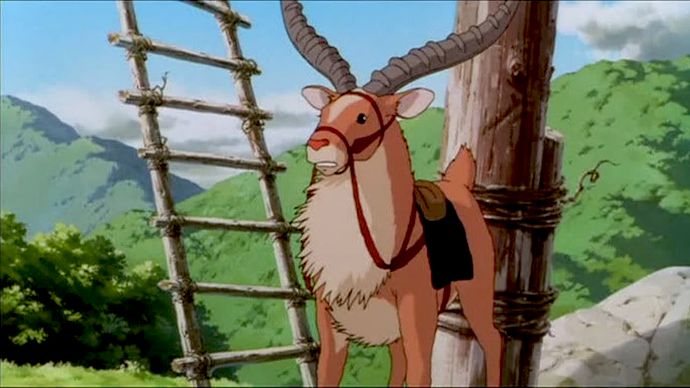
Ashitaka's elk, Yakul, might not have the ability to talk, but he still makes a lasting impact on the hearts of viewers.
Ashitaka relies on Yakul to guide him through battles while steering clear of danger. It's easy for viewers to develop an attachment to Yakul, and even start dreaming about owning a pet elk.
If your heart didn't break when Yakul got injured, then I'm convinced that you have no soul. Poor Yakul still tried to tag along with his master after getting hurt, displaying his true dedication to Ashitaka.
17. Boh in Spirited Away (2001)
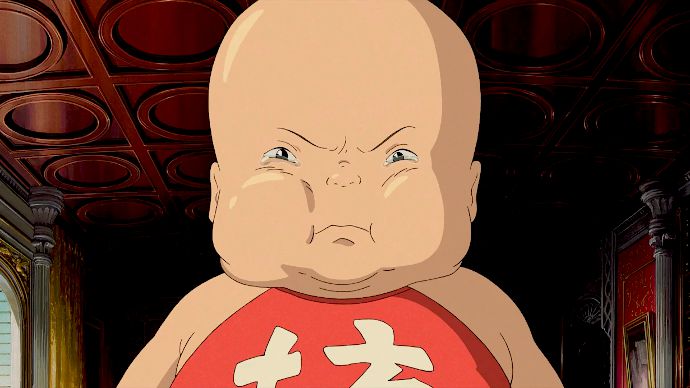
Have you ever met a giant germophobic baby? You should be glad that you haven't. Boh is the King Kong of babies—not only is his size abnormal for his age, but he's constantly coddled by his mother, Yubaba.
He lives in a cushioned nursery and has since developed a fear of germs. However, Boh isn't as dumb as he seems—he may have the body and personality of a huge baby, but he can still talk and walk normally.
Yubaba's sister, Zeniba, has the right idea when she decides to turn the obnoxious Boh into a tiny mouse. Boh actually becomes more mature in mouse form. The once lazy and reliant baby starts showing signs of independence by the end of the movie.
16. Kodama in Princess Mononoke (1997)
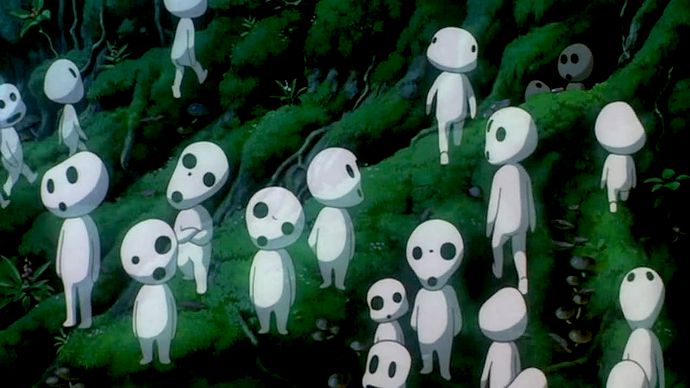
Kodama, or tree spirits, reside in the wilderness in Princess Mononoke—their presence indicates that the forest is healthy.
Studio Ghibli portrays Kodama as tiny, white creatures that resemble bobbleheads. Their misshapen heads and gaping face holes make them look threatening, but these spirits are harmless.
These tree spirits really exist in Japanese culture. Traditions say that Kodama live in the trees, and may even take the form of one. The sound of a falling tree is said to be the cry of a Kodama.
15. Calcifer in Howl's Moving Castle (2004)
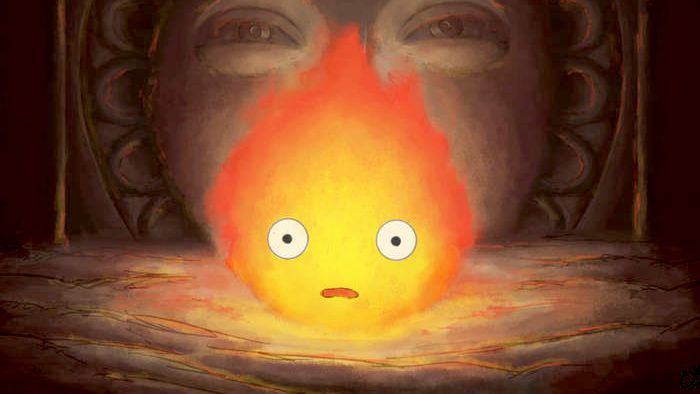
Calcifer has a fiery personality that matches his fireball of a body. Howl initially caught Calcifer after he fell out of the sky, and he's been stuck in the fireplace ever since.
He's bound by a contract with Howl to stay inside the castle's hearth to keep the castle moving—that means he can't even leave the fireplace without help. Despite Calcifer's powerless situation, he's actually a very strong fire demon.
Calcifer harshly greets Sophie when they first meet, but he soon grows fond of her, as she places logs in an area that he can actually reach. Calcifer promises to break Sophie's curse, only if she can break his contract.
14. Catbus in My Neighbor Totoro (1988)
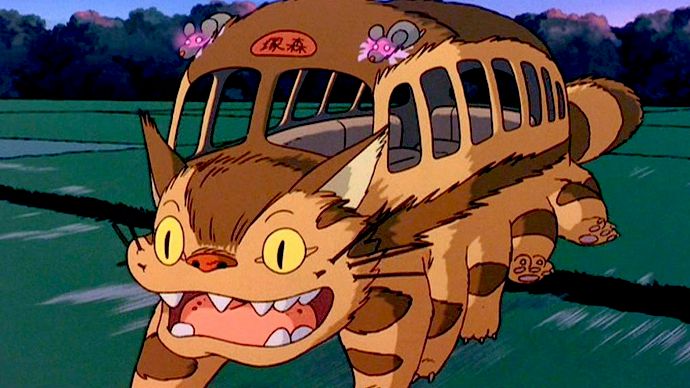
Catbus doesn't serve any symbolic purpose in My Neighbor Totoro. He's a bus... that's also a cat.
Studio Ghibli based his large grin off of the Cheshire Cat from Alice in Wonderland, but the rest of his body is completely original.
Catbus' eyes function as headlights, he dons two rats with shining red eyes as taillights, he has several feet that help him reach his destinations faster, and he wears a sign atop his head that displays his next stop.
Oh yeah, he can fly too. Who needs modern transportation when you can just ride the Catbus?
13. No Face in Spirited Away (2001)
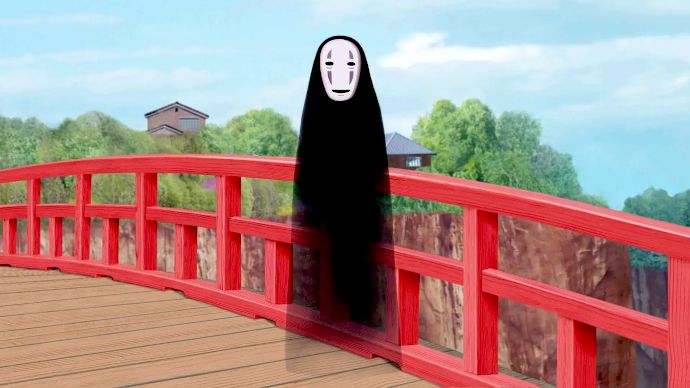
No Face might seem like a creepy stalker in the beginning, but he later becomes one of the most loveable side characters in Spirited Away. When he first appears, he's quietly delighted at the attention Chihiro gives him.
Unlike most people, she actually acknowledges him despite the fact that he's covered in a black cloak and wears a mask.
After No Face witnesses the ecstatic reactions from the bathhouse staff when receiving gold from a guest, he starts to believe that he can also use gold to gain Chihiro's attention.
Chihiro ends up rejecting No Face's gold, which causes him to eat the guests and workers at the bathhouse. No Face just wanted a friend, and he reacted childishly when he couldn't make one.
12. Jiro in The Wind Rises (2013)
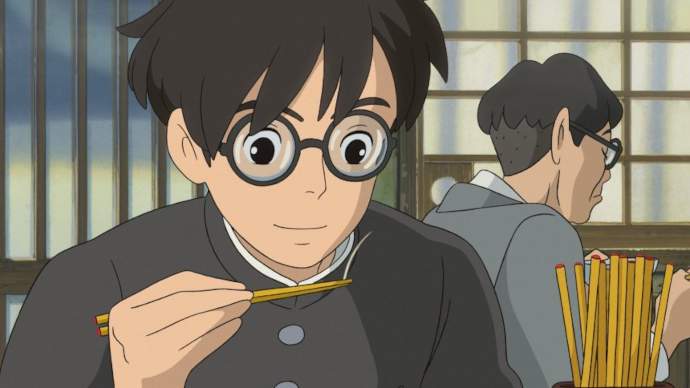
Jiro from The Wind Rises is actually based on the real-life aviator Jiro Horikoshi, who was the chief engineer behind several Japanese fighter plane designs during World War II.
With a life marked by tragedy and loss, it's his creative spirit that keeps Jiro from ever losing hope. He's both compassionate and calm, providing him with an air of wisdom that's beyond his years.
11. Nausicaä in Nausicaä of the Valley of the Wind (1984)
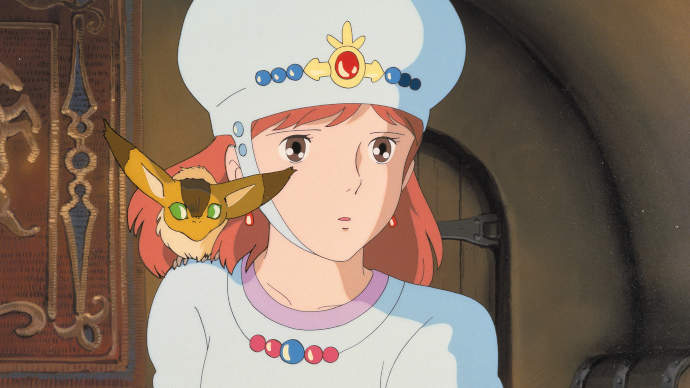
Nausicaä is a quiet badass. When her homeland is invaded and her father murdered, she doesn't freak out and start on an aimless quest for vengeance. Rather, she decides to do what's right for her kingdom.
This level of composure and stoicism is uncommon, to say the least, and that's what makes her perfect material for a leader.
As the rest of Nausicaä of the Valley of the Wind demonstrates, she has bravery on top of all her other qualities, which makes her one of Studio Ghibli's best leading characters of all time.
10. Setsuko in Grave of the Fireflies (1988)
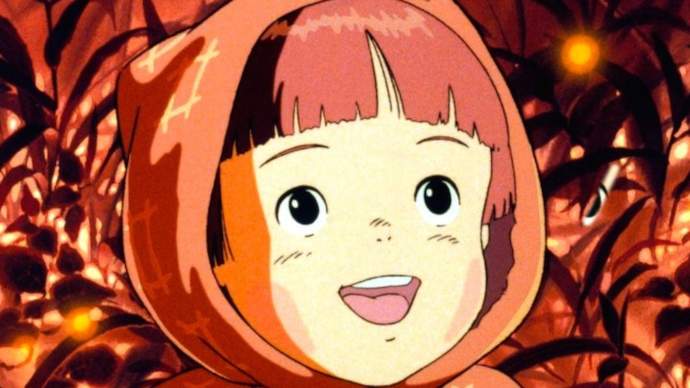
Grave of the Fireflies is undoubtedly one of the saddest films of all time, not to mention one of the best war movies ever made. The story takes place in Japan after the devastation caused by World War II.
Setsuko is the character who carries all of the emotional weight that's present in this heavy narrative. She's the reason her older brother goes to such great lengths to keep them both alive. Her innocence is haunting and unlike anything else put to film.
Directed by Isao Takahata, Grave of the Fireflies will stay with you for a long time—possibly even forever—and much of that comes down to Setsuko's resonant story.
9. Sophie in Howl's Moving Castle (2004)
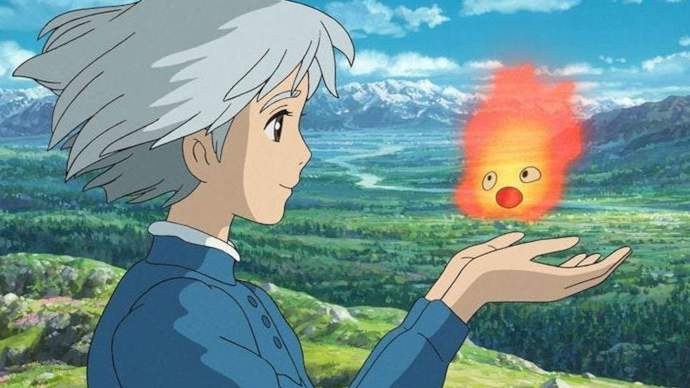
Infinitely forgiving, kind, and loving, Sophie is one of Studio Ghibli's many characters who stick with you long after the credits roll.
When she becomes the object of Howl's infatuation, Sophie finds herself caught in a whirlwind of magic, jealousy, and intrigue.
However, she never lets it change her, and she continues to be a decent person all the way to the end.
In this respect, Sophie is a stable constant in the hectic life of Howl, leading him to have a few revelations of his own.
8. Totoro in My Neighbor Totoro (1988)
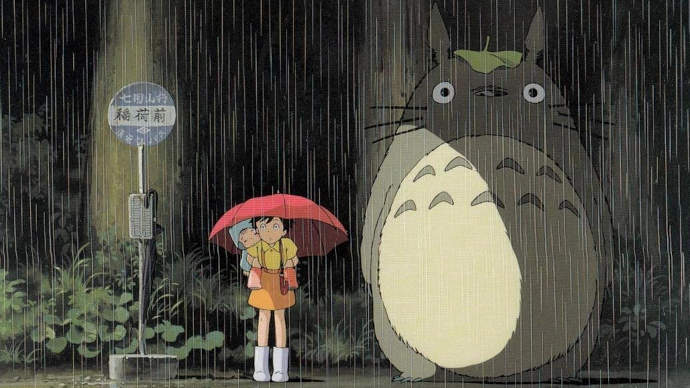
This list would, of course, be incomplete without Totoro. He's magical, awe-inspiring, totally enchanting, and one of the most instantly recognizable Studio Ghibli characters.
In whisking away troubled children and distracting them from all of the looming horrors present in their daily lives, Totoro is the epitome of childhood escapism.
In this respect, Totoro can be seen to represent the evergreen themes of environmentalism—a theme that's prevalent in all of Studio Ghibli's work—and creativity. Without question, he's one of the most beloved Studio Ghibli characters of all time.
7. Taeko Okajima in Only Yesterday (1991)
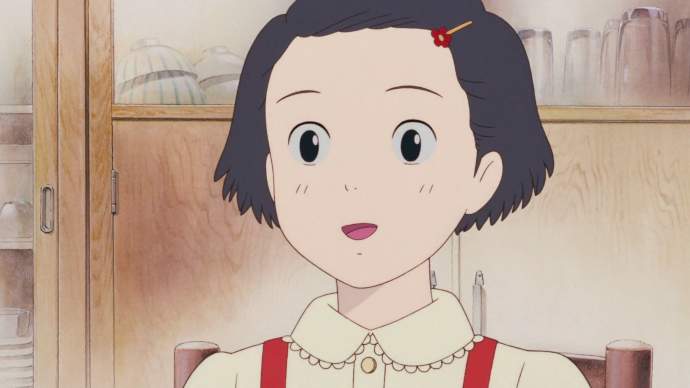
Though frequently overlooked and forgotten by even the staunchest Studio Ghibli fans, Only Yesterday is up there among the studio's best work. One big reason why? Taeko Okajima.
Taeko is a true, honest, and incredibly human character. There's nothing exaggerated or unnecessarily dramatic about her; instead, she's quietly grounded in contemplating the next steps of her life as she feels a shift in direction.
What's more, we watch her at several different stages of her life, and by the end we feel as if we know her completely. Director Isao Takahata once again brings a character to life, and Taeko Okajima is much more than just the sum of her parts.
6. Shizuku in Whisper of the Heart (1995)
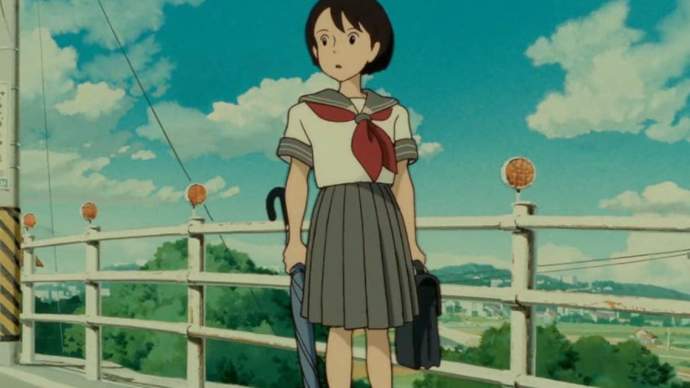
Directed by Yoshifumi Kondo, Whisper of the Heart is simply spell-binding, and I think a lot of that is due to the character of Shizuku.
She's a young girl who falls in love with a boy, who's concerned by not knowing what to do with her life, and fears that she'll fail to turn her immense creative talent into anything substantial.
In other words, Shizuku is in the midst of becoming an adult. But the transformation that unfolds in Whisper of the Heart is sublimely real. Not an ounce of the drama feels saccharine or overwrought.
Shizuku's attempts to make sense of her ever-changing world are the things that great cinema is made of, and it makes her a genuinely heartfelt character. One of the best in Studio Ghibli's oeuvre.
5. San in Princess Mononoke (1997)
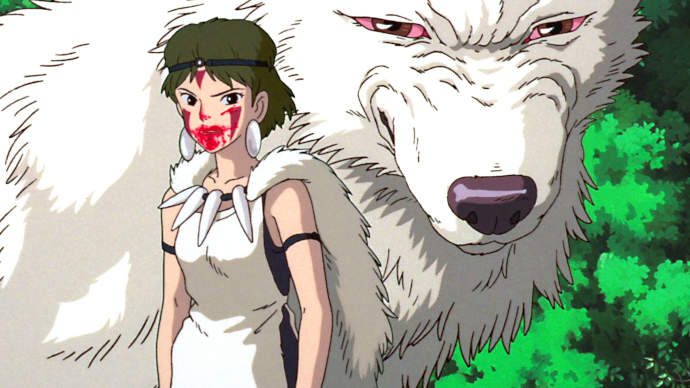
Mostly known by her alter-ego Princess Mononoke, San is the vixen of the forests who fiercely defends her home and her friends within.
She's uncompromising, ruthless, and she oftentimes threatens our very own protagonist. Almost feral, she's a determined woman of action who's willing to fight for the things she believes in.
Directed by Hayao Miyazaki, Princess Mononoke likely inspired many other environmentalist-themed woodland epics like Avatar (2009), with San inspiring characters like Neytiri.
4. Howl in Howl's Moving Castle (2004)
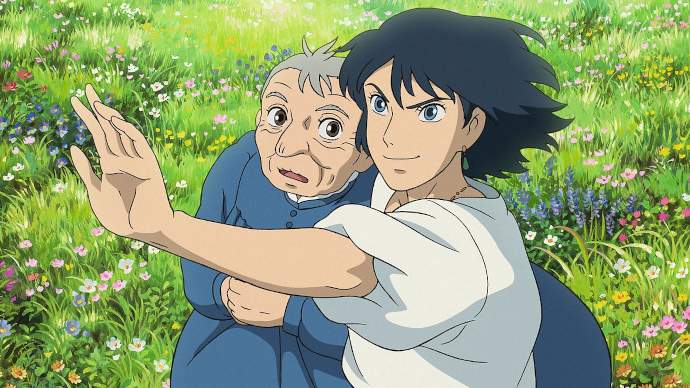
Self-destructive and selfish to a fault, Howl isn't exactly a hero per se. He's more like a magical diva who takes it upon himself to turn the tides of a war, yet continues to play against both sides due to his belief that war is stupid and catastrophic.
Each time he transforms himself into that bird-like creature, he makes it harder and harder for himself to revert back to human form. Oh, there's also the fact that he doesn't even have a heart.
With shades of Icarus, Howl is like a mythological character who earns his status as one of Studio Ghibli's most fascinating.
3. Haku in Spirited Away (2001)
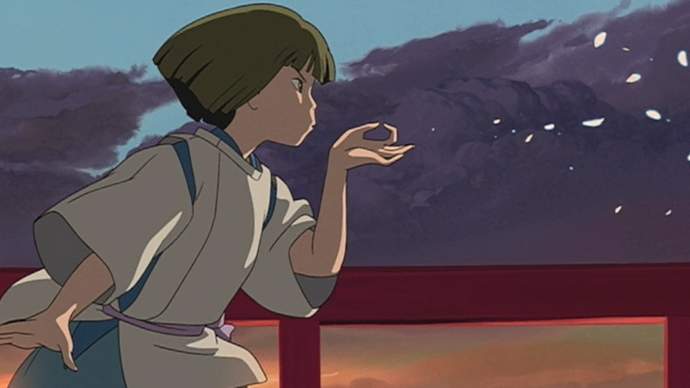
There are few stories as tragic as the one behind Haku. Tricked into an existence of indentured servitude, he loses a part of himself and is forced to try and find it before it's too late.
Haku is a Byronic hero. It's clear from the start of Spirited Away that he isn't exactly what he claims to be, coupled with a short temper and two faces. But Chihiro—and the audience—can tell that there's more to this person than first meets the eye.
For this reason, he's not just one of the best Studio Ghibli characters, but one of the most interesting to watch unfold.
2. Kaguya in The Tale of the Princess Kaguya (2013)
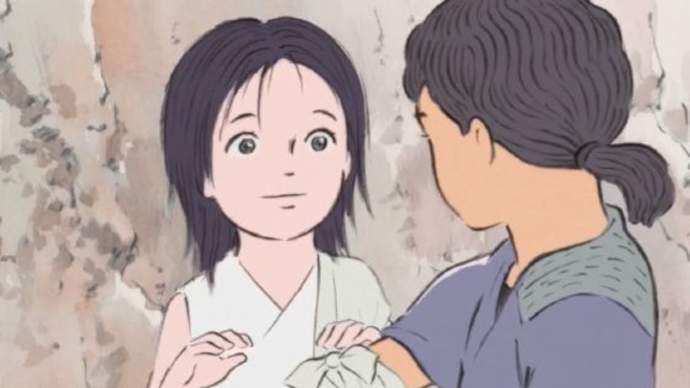
Director Isao Takahata makes his final entry on this list with his final film: The Tale of the Princess Kaguya (2013).
The Tale of the Princess Kaguya follows the life and trials of Kaguya, a magical princess who was born from a bamboo shoot and forced to spend her entire life in the mortal realm.
Of course, that involves living a mortal life and all it entails, like abiding by customs, respecting traditions, and marrying a husband.
Her staunch refusal to live by these rules and her fervent attempts to break free from societal expectations are what make her a truly enthralling character to watch.
On top of that, she's impeccably voice acted by Chloë Grace Moretz, whose affecting performance creates a very emotional film.
1. Chihiro in Spirited Away (2001)
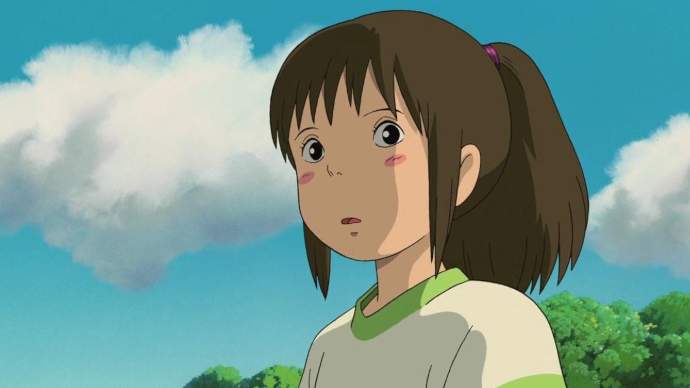
It may be called an easy pick, but Chihiro is undoubtedly the most iconic Studio Ghibli character of all time.
There are so many facets to her character: she's frequently childish, yet often brave; she's consistently taken advantage of, but she still continues to stand up for what is fair and right.
On top of all of that, she's kind. She reserves judgement of others and seeks to understand them for who they are on a deeper level (as she does with Haku, and in doing so provides him with salvation).
In Spirited Away, Chihiro leads of the greatest coming-of-age stories ever written and her character arc is stunning. As we watch her come to terms with who she is and her position in life, we walk away from the story with a better understanding of ourselves.
For all these reasons, we have no reservations ranking Chihiro as the most iconic Studio Ghibli character of all time.
